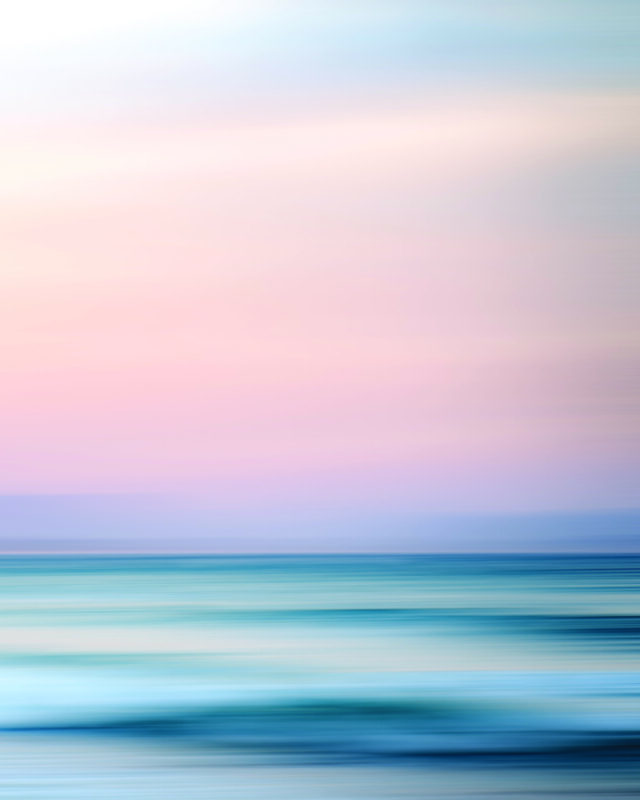
By Amely Greeven
Spring is a time for cleansing and clarifying, for rejuvenating the body with hydrating and purifying fluids. But this year, my spring practice is different. I’m practicing reverence for water. There’s no choice in the matter. Where I live, on the eastern side of California’s Sierra Nevada, water is making her presence known in ways not seen for decades. Up high, snow has accrued in record-breaking quantities; down in our desert-like foothills, extreme rain events have carved miniature rivers through normally placid canyons. Rain tends to be rare here and we normally wring our hands over its absence, anxious about wildfire. Now, with massive snowmelt pending, containing the water is our concern. This reality has pushed me to deepen my relationship with the element and go beyond the surface.
I don’t mean deeper into the pragmatics of healthy drinking water, exactly. One payback for dusty country living is that my family can gather spring water from the source, if we’re willing to hike there. Nor, quite, the discoveries of water’s subtle intelligence—though I am fascinated by how water is so much more than a molecule, and is endowed with apparent consciousness. This is demonstrated by New Zealand water researcher Veda Austin, who, building on the landmark work done by Masaru Emoto and his institute, captures striking images in frozen water that appear in response to external stimuli. Veda’s project is part art, part repeatable science, part spiritual inquiry. In February, I joined a prayer ceremony for the Ohio River led by Indigenous energy worker Standing Holy Woman after the cataclysmic train derailment and subsequent toxic chemical accident in East Palestine, Ohio. And I’ve also become curious about the emerging science showing that sunlight’s infrared rays stimulate a unique kind of charged water inside our cells, keeping us healthier and more vital. American scientist and professor Gerald Pollack has demonstrated that the water in our cells—and certain special waters on the planet, such as pressurized springs—exist in a “fourth phase” quite different from liquid, ice or vapor.
Until I get more enlightened, my reverence for water hinges on an understanding that our greatest collective task is to slow water down. While writing a book with regenerative agriculture pioneer Will Harris III of Georgia’s White Oak Pastures farm, due for release this fall, I learned how mankind’s decimation of forests and wetlands have broken the Earth’s water cycle. Healthy, diverse biology and stable, regulated climate engage in a feedback loop with the thriving soil, vegetation and species of forests, grasslands and wetlands cycling water and heat into the atmosphere and keeping water pumping around the planet in balanced ways. But aggressively clearing, paving, asphalting, damming, stripping, poisoning and monocropping our wilderness has caused water to race to the oceans at ever faster rates instead of staying where nature intended—in trees, roots, soil, bogs, marshes and so on. This has been a primary driver of deadly extreme weather events, intense and high velocity hits of water (or snow), seesawing flood and drought, and once-in-a-century superstorms. Charles Eisenstein, a longtime environmentalist and author of Climate: A New Story, has been urging an awakening to the central importance of this hydrological cycle. Others are calling urgently for a Slow Water movement, to resist the acceleration caused by degradation, urbanization and industrialization.
Which makes my spring reflection about working with the water, to slow her movement down. Turns out, this is a muscular endeavor, not a meditative one, a pitchfork-and-plant-matter project of shaping the land so it retains water and of gradually growing deep, healthy soil (basic land management practices that should be the norm across California, but are not). Fortunately, this is my husband’s area of prowess. He won’t ever sit in lotus to resonate with water’s wisdom—that’s my deal, not his. But much like Will Harris and other regenerative gurus, he has the sixth sense for what land needs and the tenacity to deliver it. By shoveling truckloads of wood chips—no-cost detritus he gets from local tree trimmers—he’s shaped swales and rain “ponds” on our high desert property. These mini earthworks direct stormwater that races down the slopes during biblical rains into simple catchment systems. Instead of flooding our home or neighborhood and accelerating to the river down-valley and then onward to Southern California and the Pacific Ocean, the water infiltrates our soil, replenishing our well. Meanwhile, several seasons of cover cropping and planting perennial grasses in the old horse corrals have turned once-deadened plots of dirt into biodiverse grassland that holds on to water like a sponge. After this winter’s big rains, pockets of marshy bog appeared and waterfowl happily rested, just yards from desert scrub on neighbors’ plots across our fence. (This grassland also acts as a giant evaporative cooler in the summer, reducing brutal temperatures by a good 10 degrees.) Our small project is a microcosm of what could—and must—happen more broadly, through revegetation and water retention efforts, through regenerative land management in rural, suburban, and urban areas alike.
Spring is a time of growth and renewal, my favorite time ecologically and personally. Yet this year let this season be imbued with reverence for all the ways we can work with water. Eisenstein writes how our mounting ecological crisis, so close to spinning out of control, has spawned technological “solutions” that raze more forests to build solar farms or spray toxic aluminum in the sky to seed clouds. Yet these things could be seen to wield power over nature, a case of degradation spawning more degradation. What about being nature’s steward, and offering our sweaty effort and blistered hands instead? What about creating conditions for more life, more homeostasis, on whatever corner we live or whatever commons we share? When we do that, we can shift from despair and paralysis to hope. We can write a new story in which action springs from reverence and love. As Eisenstein describes, “The power of life to heal is much greater than we understand.”



